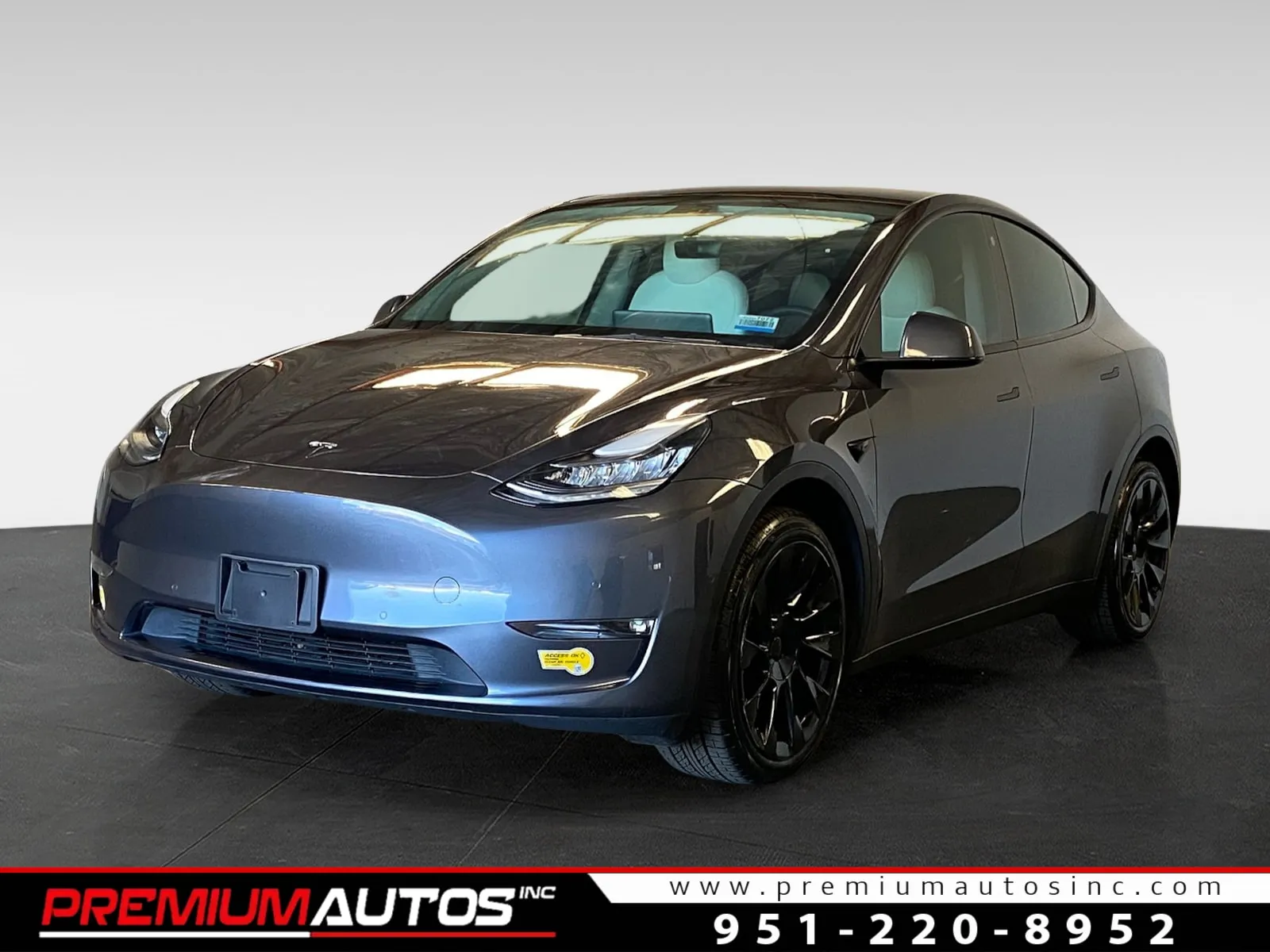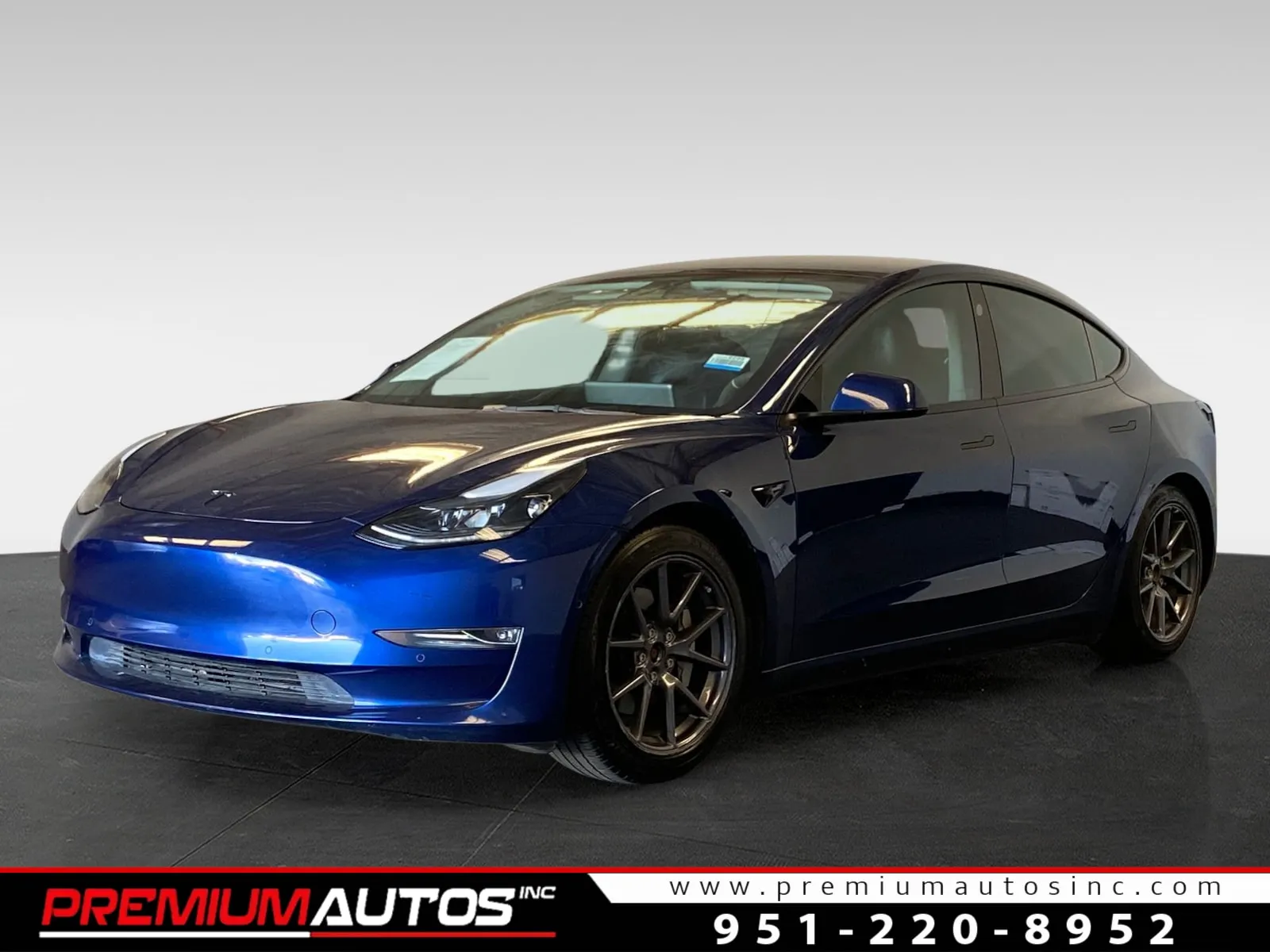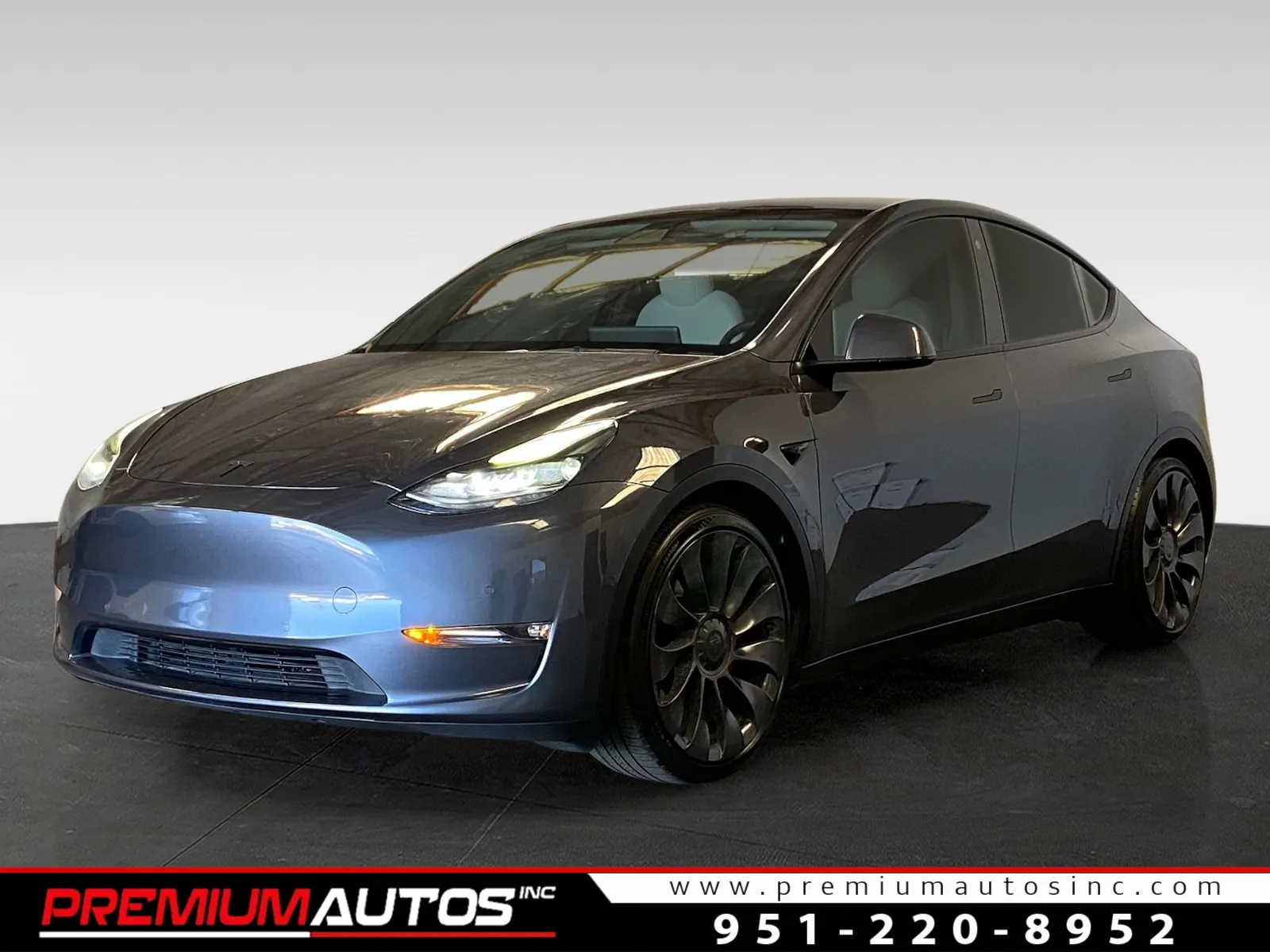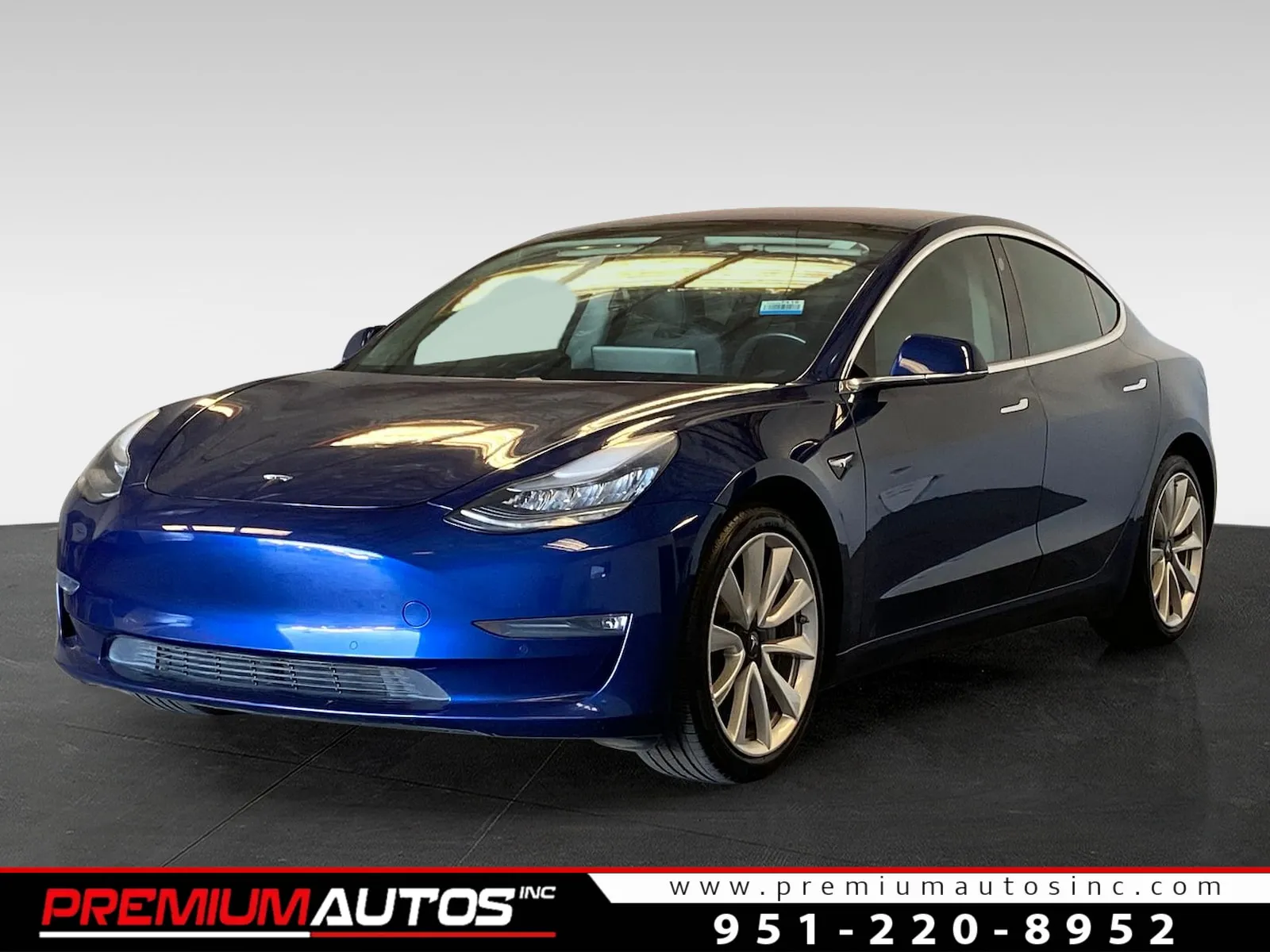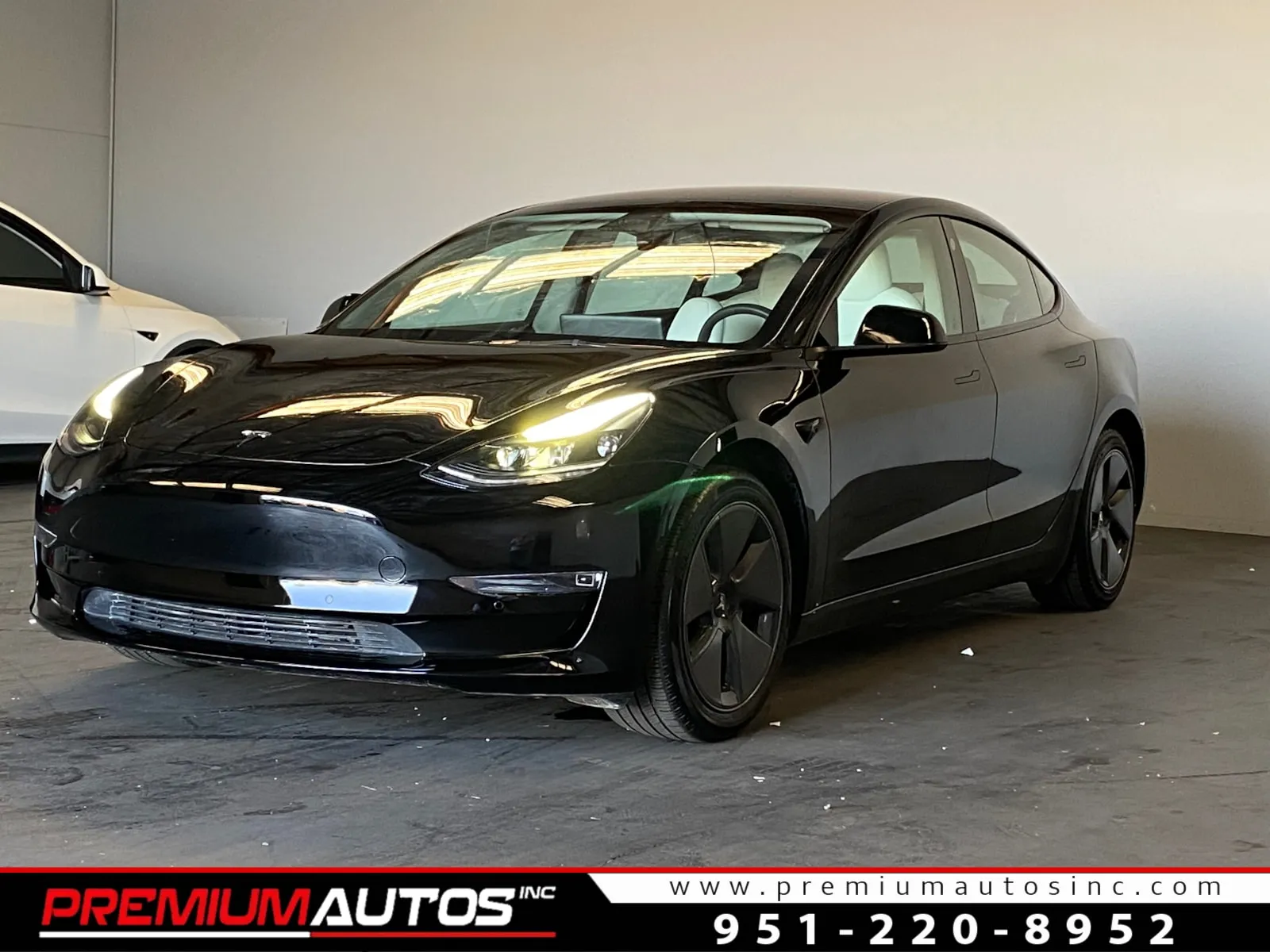Urban vs. Rural EV Adoption: Key Differences
Urban vs. Rural EV Adoption: Key Differences
-
Urban Areas:
- Better Charging Access: Dense networks at shopping centers, workplaces, and commuter hubs.
- Shorter Commutes: Average daily driving is 30–40 miles, ideal for EV ranges.
- Higher Affordability: Competitive pricing, local incentives, and higher average incomes.
-
Rural Areas:
- Limited Charging Infrastructure: Fewer stations, often along highways, with reliance on home charging.
- Longer Travel Needs: Daily distances often exceed 50 miles, requiring careful trip planning.
- Fewer Incentives: Limited local programs, with reliance on federal credits.
Quick Comparison
| Feature | Urban Areas | Rural Areas |
|---|---|---|
| Charging Access | Dense public networks | Sparse, highway-focused |
| Daily Driving | 30–40 miles | 50–100+ miles |
| Commute Patterns | Short trips, stop-and-go | Long distances, higher speeds |
| Vehicle Costs | More competitive pricing | Fewer dealerships, higher costs |
| Incentives | Federal + local programs | Mostly federal programs |
Modern EVs are becoming more versatile, but location-specific factors like charging availability, driving habits, and income levels still shape adoption trends. Expanding rural charging networks and incentives is key to bridging the gap.
Why Electric Vehicles Are Becoming More Popular In Rural ...
Charging Networks and Power Grid Access
City Charging Options
Urban areas are well-equipped with charging networks located in high-traffic spots like shopping centers, workplaces, and commuter hubs. This convenience makes owning an EV easier for city dwellers who can charge while going about their daily routines. For example, Premium Autos Inc's El Monte location notes that easy access to public charging is a major factor influencing EV purchase decisions.
Rural Charging Access
Rural areas face a different set of challenges. Charging stations are fewer and often located far apart. Many rural EV owners depend on home charging, which comes with upfront costs for equipment installation. In places like California's Central Valley, charging stations are mostly found along major highways, leaving residential areas underserved. This setup means rural drivers need to plan trips carefully based on available charging points.
Power Grid Differences
The power grid plays a big role in EV charging efficiency. Urban grids are modernized, featuring dedicated transformers and high-capacity lines designed to handle the growing demand for EVs. On the other hand, rural grids often rely on older infrastructure with less capacity. This can lead to slower power restorations and higher costs for upgrades. These differences in grid quality affect how practical and reliable EV ownership is, with urban residents generally benefiting from smoother and faster charging experiences.
Purchase Costs and Financial Support
Total Cost Analysis
The cost of owning an electric vehicle (EV) often depends on whether you live in an urban or rural area. In cities, a higher number of dealerships can lead to more competitive pricing, making EVs easier to find and buy. For instance, Premium Autos Inc's El Monte location lists pre-owned Tesla Model 3s starting at $20,495 [1]. In rural areas, fewer dealerships mean buyers may need to plan more carefully when purchasing an EV. Financial incentives also play a key role in making EVs more affordable.
Available Tax Credits
Tax credits and other financial incentives for EVs vary by location. Urban buyers often benefit from both federal and local programs that reduce costs significantly. On the other hand, rural buyers usually depend on federal tax credits, as local programs are often limited or unavailable, which can make it harder to take full advantage of these savings.
Regional Income Effects on Affordability
Income levels also impact EV affordability. Urban areas generally have higher household incomes, making it easier for residents to afford the initial investment in an EV. In rural areas, lower average incomes and the added cost of building necessary infrastructure can make EV ownership more challenging. For buyers on a budget, pre-owned options from trusted dealers like Premium Autos Inc provide a smart and affordable alternative.
sbb-itb-66f4901
Daily Use and Range Requirements
City Driving Needs
Urban EV drivers typically have shorter commutes and predictable travel patterns. In the U.S., city commuters drive about 30–40 miles daily, often due to short trips and errands. EVs perform well in stop-and-go traffic, thanks to regenerative braking, which helps improve efficiency.
At Premium Autos Inc's El Monte location, many urban EV customers use their vehicles primarily for commuting and local trips. For example, the Tesla Model 3 offers a range of 250–358 miles, which comfortably meets these needs.
Rural Travel Demands
Rural driving presents a different set of challenges. In less populated areas, residents often travel longer distances daily - frequently 50–60 miles and sometimes exceeding 100 miles. These trips are often for work, essential errands, or farm-related tasks.
Here's a quick comparison of travel patterns:
| Travel Aspect | Urban Setting | Rural Setting |
|---|---|---|
| Total Daily Driving Distance | Around 30–40 miles | Often 50–100+ miles |
| Typical Trip Purpose | Commuting, errands, local trips | Work, essential services, farm tasks |
| Common Stop Frequency | Multiple shorter trips | Fewer, longer trips |
| Average Driving Speed | 25–45 mph | 45–70 mph |
This contrast highlights why driving range is crucial, especially for rural drivers.
Range Concerns by Location
Range anxiety plays out differently depending on location. City drivers often worry about finding charging stations in crowded areas, while rural drivers focus on completing long trips where charging options may be limited.
Many EV models available at Premium Autos Inc now offer ranges over 300 miles per charge, making them a better fit for rural driving. However, rural drivers may still need to plan their routes carefully for extended trips.
Factors that impact range include:
- Driving conditions: Frequent stops and lower speeds in cities improve efficiency, while higher speeds and uneven terrain in rural areas can reduce range.
- Weather: Cold weather can lower battery performance, which is especially challenging for rural drivers who spend longer periods on the road.
Modern EVs are becoming more capable of handling both urban and rural driving needs. Still, buyers should think about their daily travel habits and the availability of charging stations in their area before making a decision.
Clean Air Goals and Local Rules
City Air Quality Impact
Cities are pushing hard for electric vehicle (EV) adoption to tackle smog and emissions. According to the California Air Resources Board, replacing conventional vehicles with EVs can lead to a big drop in emissions, especially since traditional vehicles release the most pollution during heavy traffic. The growing use of EVs has already shown improvements in air quality, creating a shift that's shaping how different regions approach support for EVs.
Regional Support for EVs
With stricter urban air quality targets, local policies are leaning more toward supporting EVs. Cities are seeing faster EV adoption thanks to targeted incentives and well-developed charging networks. On the other hand, rural areas often rely more heavily on state and federal programs to encourage EV use and build out charging stations.
State and City Programs
State and city governments are stepping up to boost EV adoption. Programs include perks like reserved EV parking, reduced charging fees, and initiatives to cut traffic and pollution. In rural areas, efforts focus on expanding charging networks along highways and helping homeowners set up charging systems.
Premium Autos Inc works hand-in-hand with customers to navigate these programs. They ensure buyers - whether in cities or rural locations - can take advantage of rebates and other support. Their knowledge of local rules helps customers make smart decisions as they switch to EVs.
Conclusion: Reducing City-Rural EV Gaps
Main Findings
Cities enjoy better access to charging stations, higher average incomes, and more local incentives. On the other hand, rural areas often struggle with fewer charging options and longer travel distances, creating a noticeable gap in EV ownership between urban and rural regions.
Next Steps
Closing this gap means improving charging access in rural areas and making EVs easier to adopt. Expanding rural charging networks should be a key focus. States are also ramping up efforts with programs that support home charging and incentives specifically designed for rural communities. These targeted efforts aim to make EV adoption more practical and appealing for rural drivers.
Premium Autos Inc Services

Premium Autos Inc is working to address these challenges in Southern California. With locations in Norco and El Monte, they focus on serving both urban and rural communities by offering services tailored to meet their unique EV needs.
| Service | Urban Focus | Rural Focus |
|---|---|---|
| EV Education | Guidance on public charging options | Support for home charging setup |
| Financial Support | Help navigating local incentives | Assistance with rural rebates |
| Vehicle Selection | Wide range for urban and rural lifestyles | Wide range for urban and rural lifestyles |
Their pre-owned EV inventory, featuring popular models like Tesla, caters to a variety of driving habits. Premium Autos Inc also provides personalized advice on charging options and available incentives, helping customers make confident, location-specific decisions.


